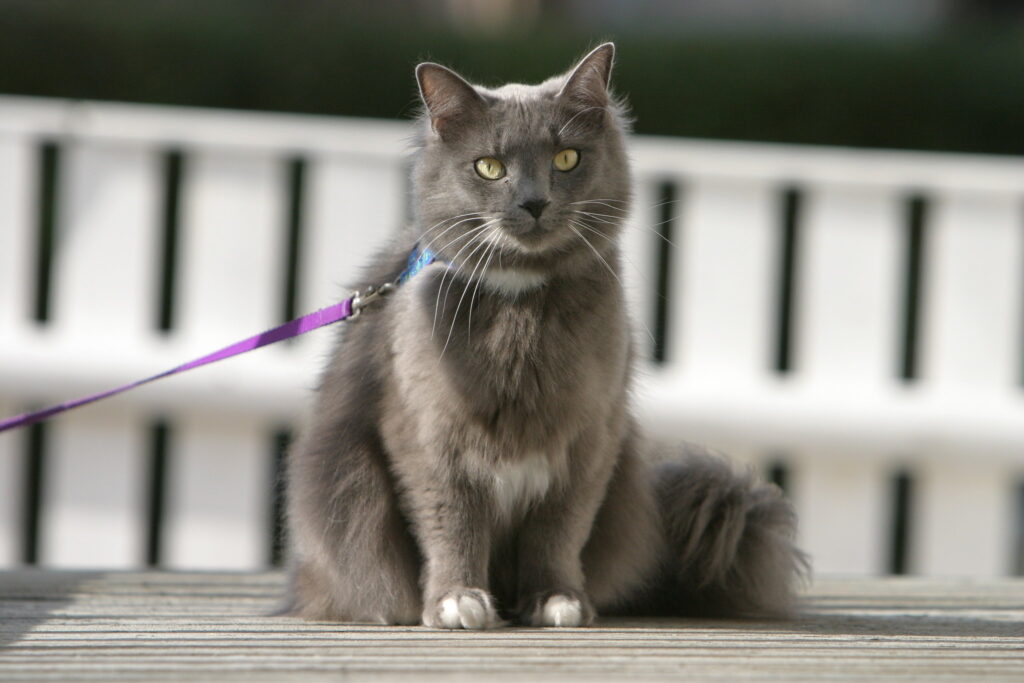Cats are beloved pets known for their hunting prowess. They have, in fact, been coveted for this ability for around 12,000 years! At this time, the first agricultural societies were being created in the Fertile Crescent region of the Middle East.
As more grain was being produced and stored, rodents became an increasing problem. The Afro-Asiatic Wildcat was eager to address this problem and people were enthusiastic about the free pest control. Over time, these wildcats domesticated themselves and became the house cats we all know and cherish.
Today, pest control is not nearly as much of a necessity for most households, and yet cats are still very capable and eager predators. This has created an issue when cats are outside as they will hunt indiscriminately, killing anything they can get their paws on. Why is this an issue you may ask? Well, wildlife is, in fact, supposed to be outside whereas cats were introduced. This has resulted in a non-native species (the cat) altering the natural environment and the consequences can be devastating.
In just the United States, cats kill about 2.4 billion birds each year. Their impact on mammals (such as squirrels, mice, and rabbits) is even more staggering. Research published in the journal, “Nature Communications” estimates 6.3 billion to 22.3 billion mammals are killed each year. Perhaps then it is unsurprising that cats are listed as contributing to the extinction of 63 animal species.
Some may be skeptical or believe their outdoor or indoor/outdoor cat is not killing many animals based on the number of “gifts” they find on their stoop. However, there are tens of millions of cats outdoors so even a small number of kills has a large collective impact. And, among homed cats, each only brings home about a quarter of their kills. Millions of outdoor and free-roaming cats also lack homes so their impact on wildlife is not readily observed.
Outdoor free-roaming cats not only prey on wildlife, they also contribute to the spread of diseases. Most people are aware that unvaccinated cats can spread rabies, but cats are also a carrier for the bacteria (Yersinia pestis) responsible for the Black Death. They are also the primary hosts for the parasite that causes toxoplasmosis, an often asymptomatic but occasionally serious condition that affects wildlife and humans alike.
A simple way to protect wildlife is to keep cats indoors. By keeping cats inside you can ensure that your feline family member is staying safe and out of trouble while also helping wildlife conservation efforts. It can be difficult to keep a cat inside that is used to having free rein outdoors but cat patios, walks on leashes, or backpack carriers are all great ways to provide cats with some outdoor time without the risks.
It is a delight to watch birds flit around the birdfeeders while squirrels chase each other around trees. Thank you for helping us create more of these urban nature moments by keeping your cat indoors. By working together, we can all help save countless wildlife lives.
Taylor Lehman is the Stewardship Manager for Red-tail Land Conservancy. She is dedicated to restoring natural areas that support diverse plant and animal communities.




